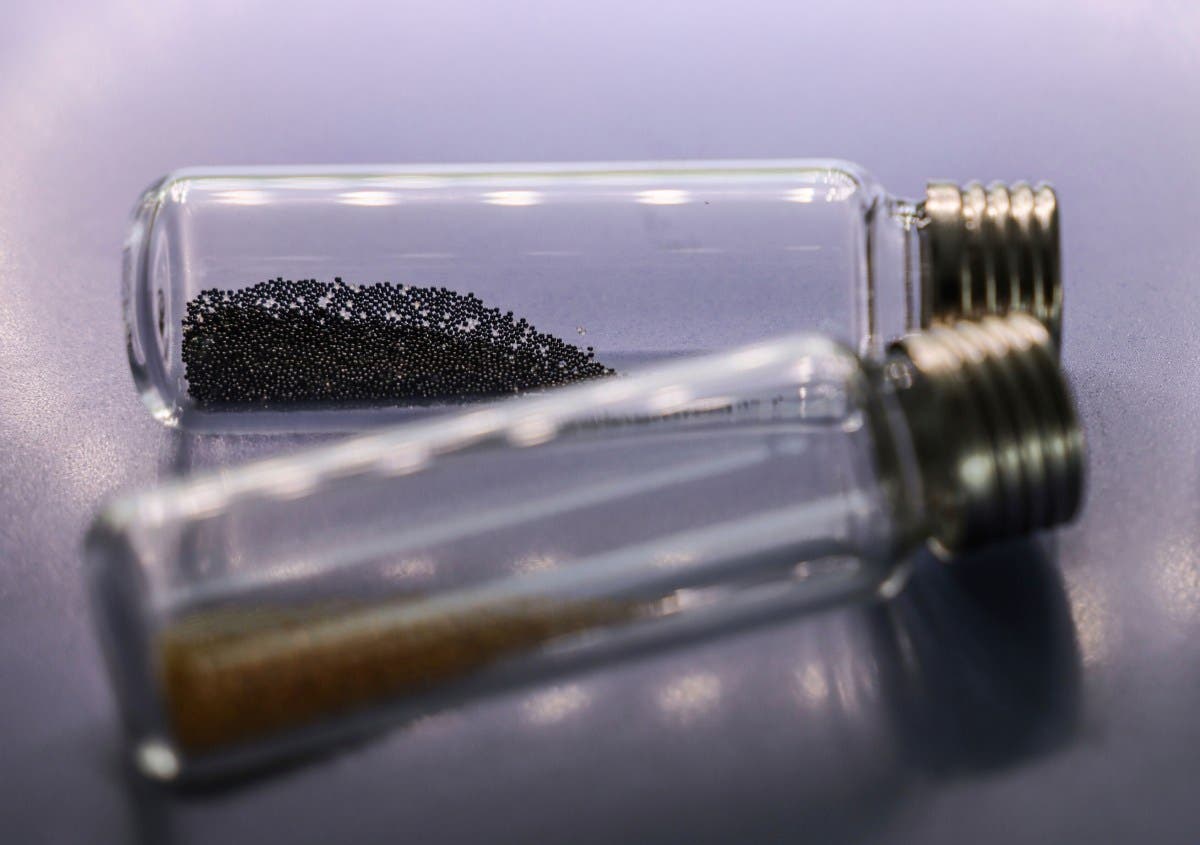A recent study has revealed alarming insights into how microplastics could be changing our gut microbiome, with findings that echo patterns associated with depression and colorectal cancer. This research was shared at the United European Gastroenterology (UEG) Week 2025 in a presentation detailing the efforts of microONE, a collaborative project led by the CBmed research center in Graz, Austria.
Christian Pacher-Deutsch, the lead author of the study and a Ph.D. student at CBmed and the Medical University of Graz, emphasized the importance of these findings. “We live in a close relationship with our gut microbiome, and even subtle changes could have implications for our health,” he told Newsweek. He cautioned, however, that while the results are concerning, it’s still premature to draw definite conclusions. “The patterns we observed in our bioreactor experiments suggest that this is something worth paying attention to,” he added.
Significance of the Research
The presence of microplastics, defined as plastic particles smaller than 5 millimeters, is increasingly recognized as a public health concern. Pacher-Deutsch pointed out that our everyday exposure is unavoidable due to their prevalence in our food, water, air, and even products like clothing and packaging. He noted that studies estimate our weekly intake of microplastics could be equivalent to the weight of a credit card. “These numbers are still uncertain,” he said, underscoring the necessity of treating plastic pollution as a serious public health issue.
Study Findings
In their experiment, researchers gathered stool samples from five healthy volunteers to cultivate gut microbiome cultures in the lab. These cultures were then exposed to five common types of microplastics: polystyrene, polypropylene, low-density polyethylene, poly(methyl methacrylate), and polyethylene terephthalate. The researchers applied concentrations mimicking typical human exposure along with higher levels for a comparative analysis.
According to the findings, the cultures treated with microplastics experienced a notable and consistent increase in acidity, resulting in a lower pH than the control samples. This indicated alterations in microbial metabolic activity. Further investigation revealed shifts in bacterial composition influenced by the types of microplastics, with certain groups of bacteria crucial for digestion experiencing significant changes.
“Microplastics might influence the gut microbiome in a few different ways,” Pacher-Deutsch explained. He noted that microplastics can bind nutrients, potentially restricting their availability to microbes, while chemical leachates from the plastics may act as stressors, altering both microbial composition and metabolic activity.
Interestingly, the changes in microbial composition caused by microplastics mirrored patterns typically associated with depression and colorectal cancer. While this doesn’t establish a direct link to these conditions, it raises important questions about how microplastics may alter gut-derived microorganisms, as Rolf Halden, director of the Biodesign Center for Environmental Health Engineering at Arizona State University, highlighted. He noted, “This new study identifies one more potential impact of a large spectrum of potential adverse human health effects from unwanted human exposure to fragmented consumer plastics.”
Pacher-Deutsch added, “The gut microbiome plays a key role in regulating both physical and mental health. Changes in microbial composition have been linked to conditions like depression and colorectal cancer. The shifts we observed raise the question of whether environmental factors like microplastic exposure may be contributing to the increased diagnoses of these conditions in the past decade.”
Everyday Exposure Concerns
Pacher-Deutsch stressed that since plastics are ubiquitous, entirely eliminating them from daily life is unrealistic. Instead, it is crucial to acknowledge their potential risks and adopt measures to protect public health, similar to approaches taken with other environmental hazards. Halden expressed his worries about the lack of regulatory action surrounding microplastics, stating, “The continuous and increasing exposure of humans to microplastics worries me from a public health perspective.”
Halden underscored that there is no precedent for continuous uptake of foreign particles into the human body without adverse health effects, adding weight to the call for attention to this issue.
Future Implications
Reflecting on the study’s implications, Pacher-Deutsch suggested that its findings could significantly influence medical care moving forward. “The microbiome is linked to a wide range of conditions, so understanding how environmental factors like microplastics affect it could shape prevention strategies, diagnostics, and personalized treatments,” he stated. However, he noted that more research is essential to clarify biological impacts and identify individuals who may be most at risk.
To mitigate exposure to microplastics, he recommended using plastic-free alternatives, such as wooden utensils and glass containers, though acknowledged the difficulty in avoiding plastic in daily life. The immediate need, he said, lies in supporting ongoing research and biomonitoring efforts. “Only with more data can we understand the biological impacts and develop regulations to reduce risk,” Pacher-Deutsch concluded.
Halden echoed the necessity of public education on the issue. He suggested that coffee chains should inform customers about the trillion nanoplastics released from polyethylene-lined paper cups.
In summary, as research evolves, awareness and proactive measures become critical in safeguarding public health against the pervasive threat posed by microplastics.






